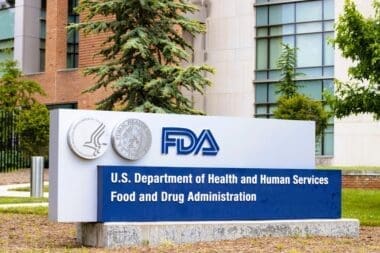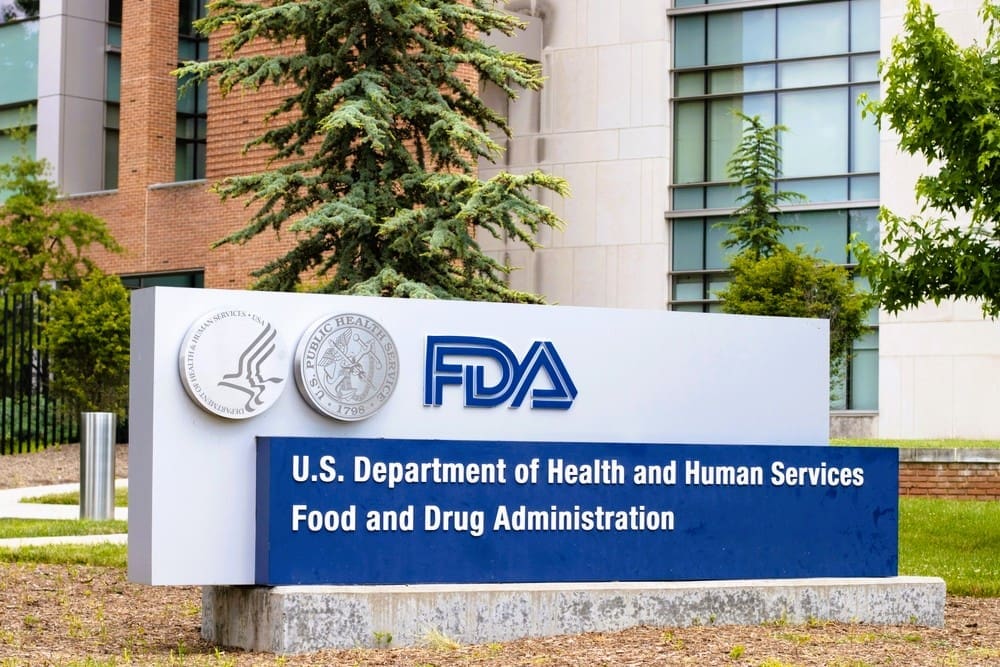The recent job cuts announced by Health Secretary Robert F. Kennedy Jr. at his department have led to significant disruption within the Food and Drug Administration (FDA), despite initial assurances that safety inspectors overseeing U.S. foods and drugs would remain unaffected. While these inspectors are still in place, numerous staff members who supported their operations have been dismissed. These include individuals responsible for organizing complex international travel to inspect pharmaceutical plants in India, lab scientists who tested food for contamination, and communication specialists who issued urgent safety alerts to the public.
The potential impact on the FDA’s inspection capabilities is significant, prompting agency leaders to expedite hiring outside contractors to replace some of the terminated staff, particularly those involved in arranging foreign travel. The FDA has faced challenges in maintaining its inspection workforce, exacerbated by a wave of retirements and resignations during the COVID-19 pandemic. Recruitment efforts have been hampered by the demanding nature of the job, which involves extensive travel, modest pay, and challenging conditions overseas.
Recent job cuts have affected 170 staff members in the FDA’s Office of Inspections and Investigations, including personnel responsible for handling travel logistics, visas, security, and tech support for inspectors in Asia, South America, and other regions. Termination notices claimed these positions were unnecessary or duplicated elsewhere within the agency, though plans to outsource these functions to private companies contradict this assertion.
The union representing FDA staff criticized the decision, describing it as reckless and inefficient, posing a significant risk to public safety. An HHS spokesperson stated that the cuts targeted administrative positions to enhance agency efficiency, but declined to comment on whether outsourcing would be more cost-effective or efficient.
The changes could potentially lead to further departures, particularly among experienced inspectors who may find the current working environment challenging. The Government Accountability Office recently urged the FDA to develop new strategies for retaining inspectors, noting that attrition has consistently outpaced hiring. Currently, the FDA is conducting 36% fewer inspections compared to pre-pandemic levels.
There is no official count of jobs lost at the FDA, and many supervisors remain unaware of how many employees have opted for early retirement or buyouts. Susan Mayne from Yale University, who previously directed the FDA’s food center, expressed concerns over the long-term impact on the agency’s capabilities.
In the lead-up to the layoffs, senior FDA leaders developed plans to reduce staff without compromising core functions; however, these proposals were reportedly neither requested nor presented to decision-makers. Many of the job cuts targeted positions and teams associated with policy and regulation, as well as offices in more expensive regions.
Among the roles eliminated were at least ten food scientists from the FDA’s San Francisco testing laboratory, a critical component of the agency’s inspection and enforcement activities. Additionally, around fifteen scientists from the Division of Food Processing Science and Technology in Chicago lost their jobs. Their research focused on identifying and eliminating hazardous chemicals and reducing microplastics in packaged food.
The job cuts have also impacted public communications, with the elimination of the agency’s media affairs office. Remaining staff must now handle communication tasks across various centers, covering issues related to food, drugs, vaccines, tobacco, and other products. Most public statements are now routed through the HHS press office, which is understaffed and lacks expertise in FDA matters.
The Associated Press Health and Science Department, supported by the Howard Hughes Medical Institute’s Science and Educational Media Group and the Robert Wood Johnson Foundation, reports on these developments. The AP maintains sole responsibility for the content.












